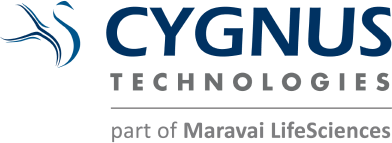Viral Clearance Kits
Viral contamination is an inherent risk during the manufacture of therapeutic products, and can lead to serious health implications and plant shutdowns. Therefore, international regulatory agencies require sponsoring companies to validate the “viral clearance efficacy” of their individual downstream purification process steps before clinical trials or commercial approval [1].
Live spiking studies require specialized contract research organizations (CROs) and trained personnel, which is costly and requires complex logistics. These hurdles deter companies from analyzing viral clearance during the years of small-scale process development. As a result, companies spend considerable resources optimizing manufacturing processes before gaining any knowledge of their viral clearance efficacy. Unfortunately, this increases the risk of validation failure, forcing companies to invest additional time and money redeveloping process steps, which in turn, could postpone regulatory approvals and delay patients’ timely access to therapies.
To help de-risk your downstream purification process and assess viral clearance early in process development, Cygnus provides a unique solution that enables viral clearance prediction early in downstream purification development. Now, through the use of BSL-1 compatible viral clearance kits, you can easily and economically quantify viral clearance for downstream process steps in your own lab, on your own timeline.
[1] Q5A Viral Safety Evaluation of Biotechnology Products Derived from Cell Lines of Human of Animal Origin, ICH, 1998 (The guidance replaces the draft guidance “Q5A(R2) Viral Safety Evaluation of Biotechnology Products Derived from Cell Lines of Human or Animal Origin” issued on November 14, 2022.)













